
Help! I Found a Domestic Animal Outside!
It is not uncommon for people to find domestic pets in the wild. Why? Most often, people will dump their unwanted pets outside, assuming they can survive just like their wild counterparts. However, this is now true! Domestic animals have a low survival rate in the wild because they do not know how to forage and defend themselves.
If You Find a Domestic Animal Outdoors:
This is an emergency and you should contact your veterinarian or local domestic animal rescue as soon as possible. Below are a few domestic animal rescues in South Central PA.
For a Variety of Domestic Animals:
For Farm Animals:
West Shore Wildlife Center is not affiliated with the above rescues and cannot guarantee what animals they accept. Please contact the individual rescues, or visit their website for more information. This list is not all inclusive but gives you a starting point in our area.
If You Find an Animal That:
Is a wild animal that normally lives in Pennsylvania and is being kept in captivity
Is an exotic wild animal not normally found in Pennsylvania and not normally kept as a pet
Contact your state game commission right away
Pennsylvania contacts
Mammals and Birds: Pennsylvania Game Commission
Reptiles and Amphibians: Pennsylvania Fish and Boat Commission
Dangerous exotic pets are sometimes dumped outdoors by irresponsible owners. Do not attempt to handle a dangerous animal on your own. Contact you state game agency for advice.
Why Pets Should Not be Released in the Wild
Domestic animals that get released into the wild do not generally survive long. They lack the knowledge of where to find food and shelter and may be unable to defend themselves against predators. Domestic animals that find themselves in the wild also pose a threat to the native wildlife populations by potentially out-competing them for resources and spreading disease.
For example, the Red-Eared Slider is a species of turtle that is native to the southern United States and northern Mexico, but as a result of being sold in pet stores and then later dumped into the wild, this species of turtle has become established as an invasive species in Pennsylvania. They often out-compete native turtle species, such as the Eastern and Midland Painted Turtles, as well as the threatened Northern Red-Bellied Cooter, for food, shelter and basking sites. Invasive species have the potential to drive native species to extinction.
Domestic vs. Wild
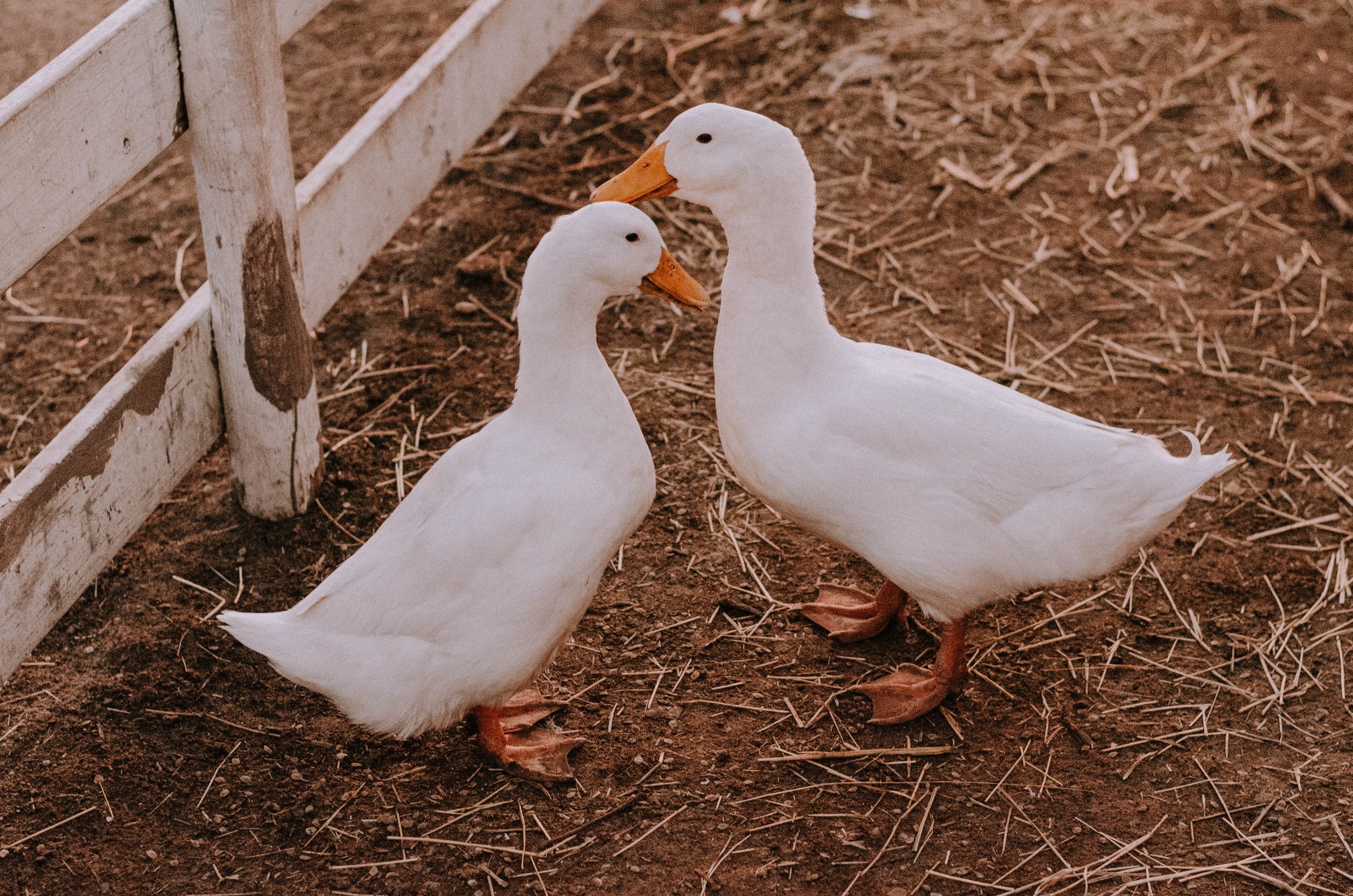
Domestic ducks are often solid white or more uniform in color than their wild cousins. Ducklings are often solid yellow. However, some species of domestic duck look very similar to wild ducks.
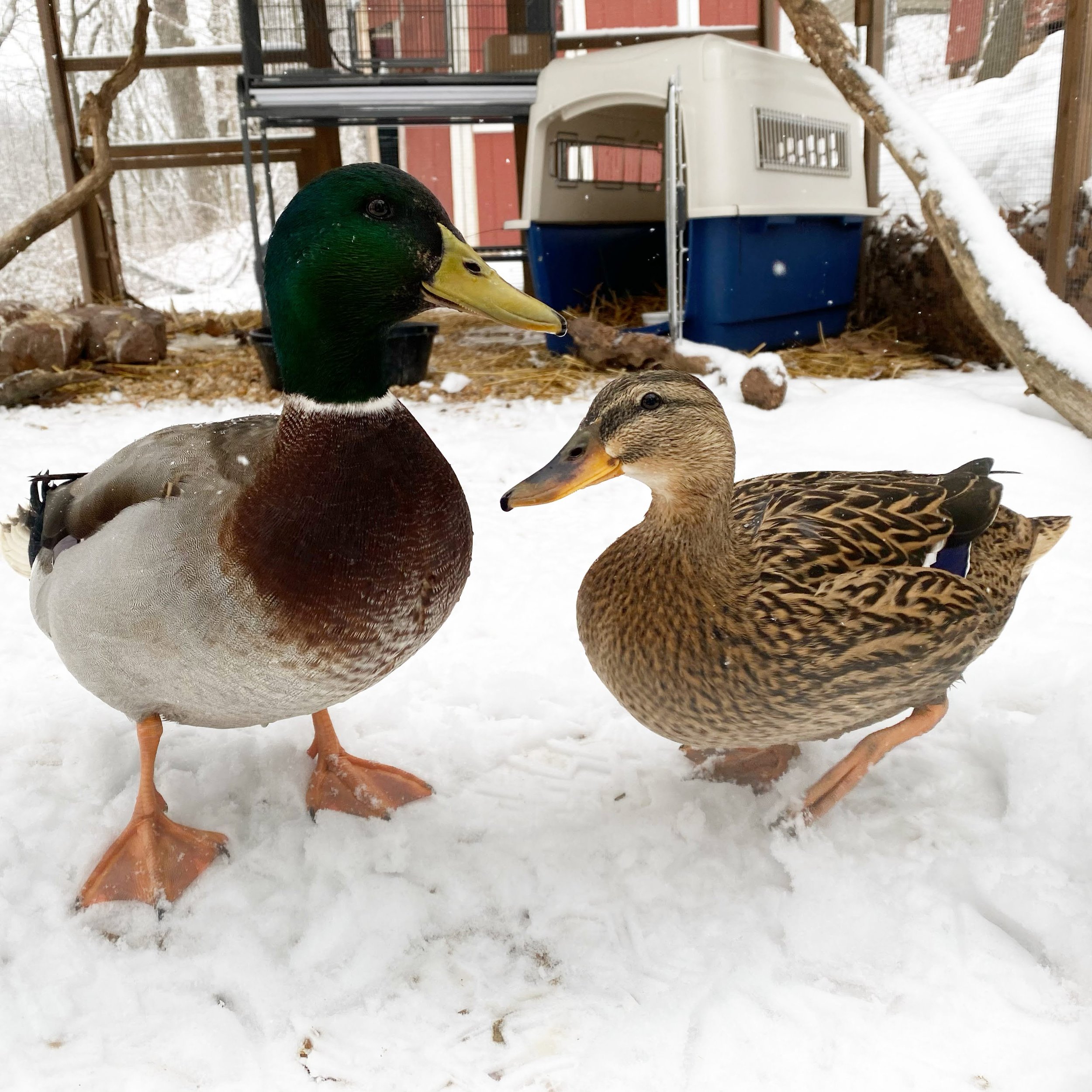
There are many species of wild duck, and their appearances can vary. Ducklings often do not look like adults of the same species. We recommend contacting a wildlife rehabilitator with a photo if you are unsure if the species you have found is wild or domestic.
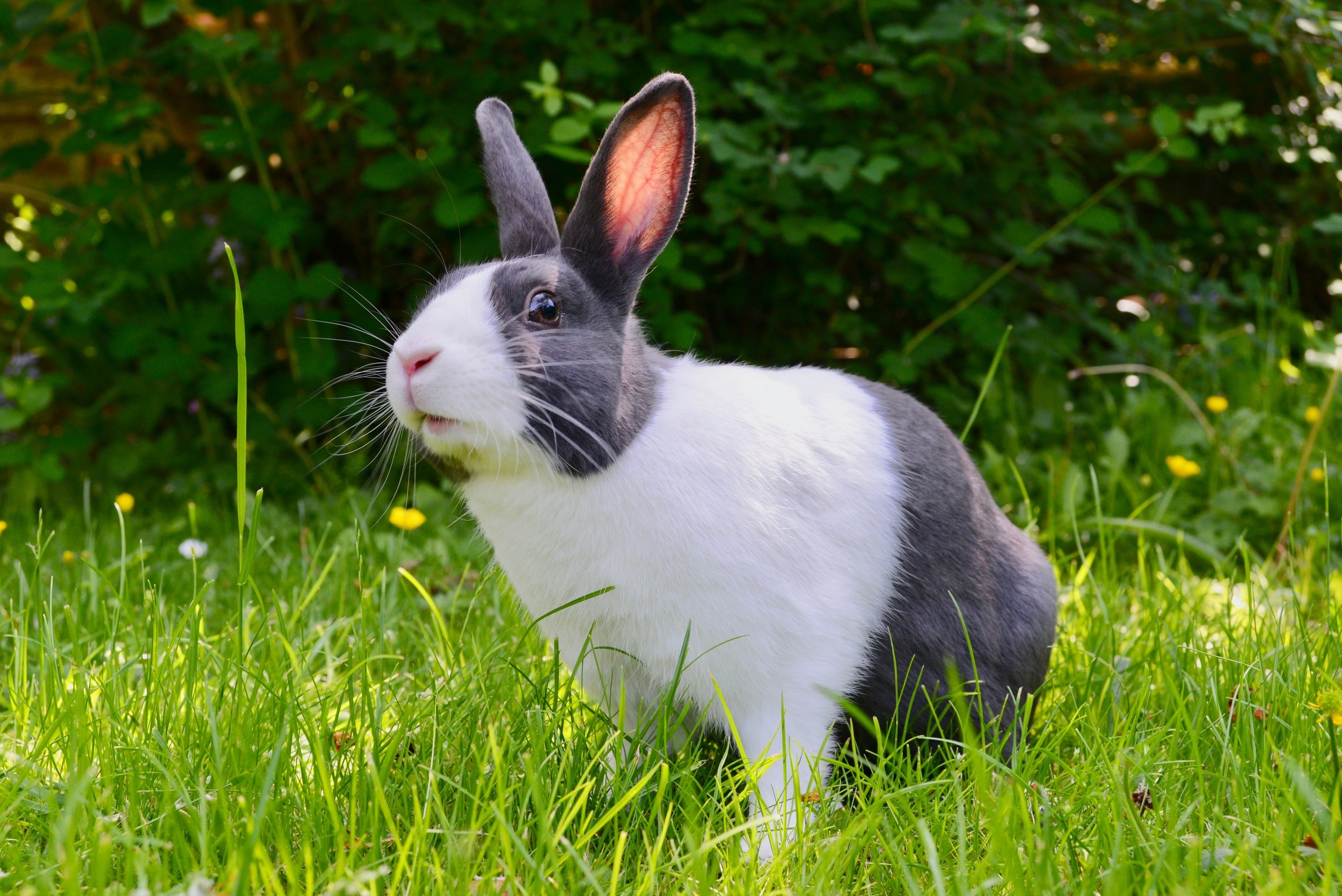
Domestic rabbits vary in size, color and ear position. Any rabbit found outdoors in PA that is not solid white or brown is a domestic rabbit.
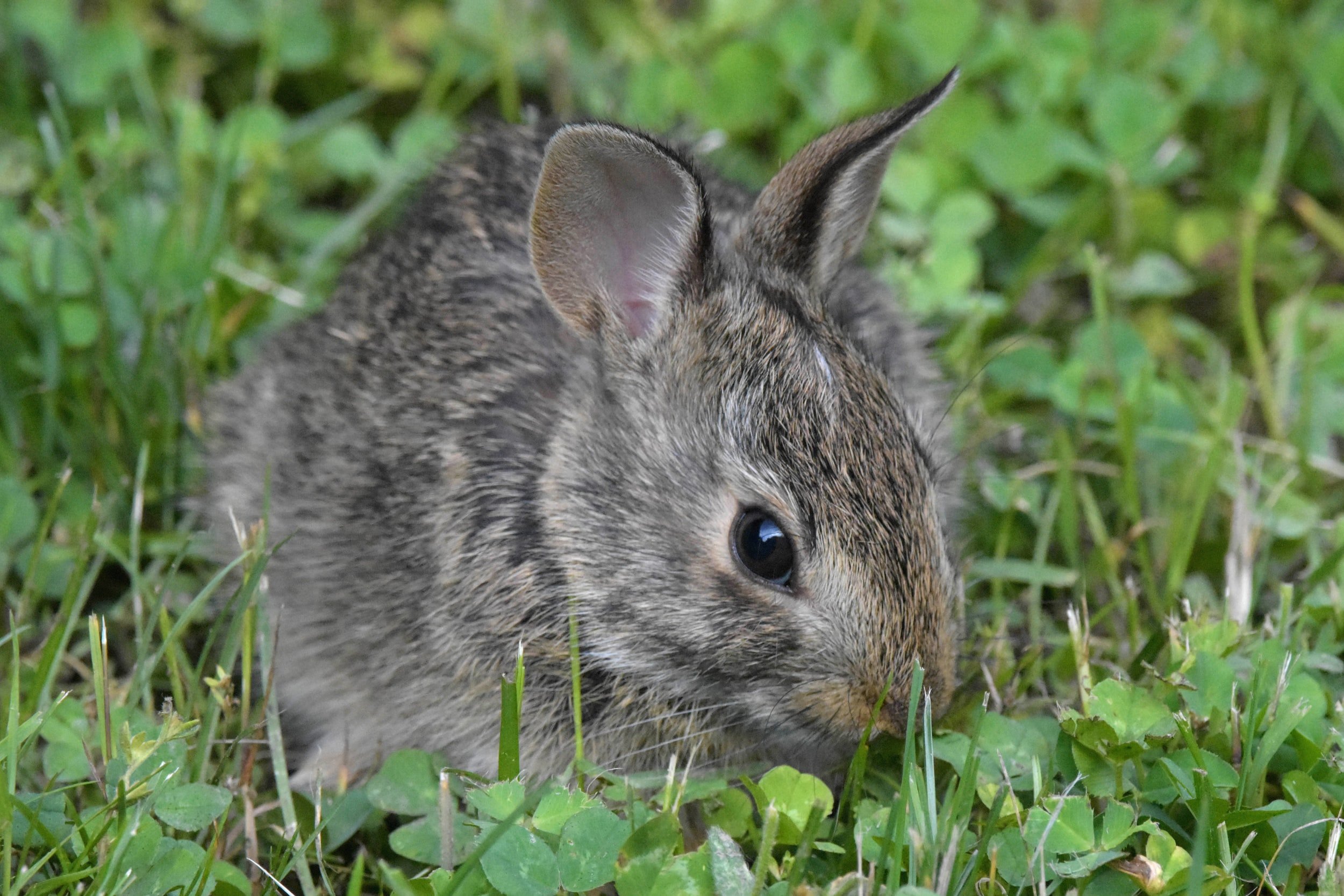
Wild Eastern Cottontails all have the same appearance as the rabbit pictured above. With the exception of Snowshoe Hares that may appear white in winter, any rabbit that does not look this in PA is a domestic rabbit.
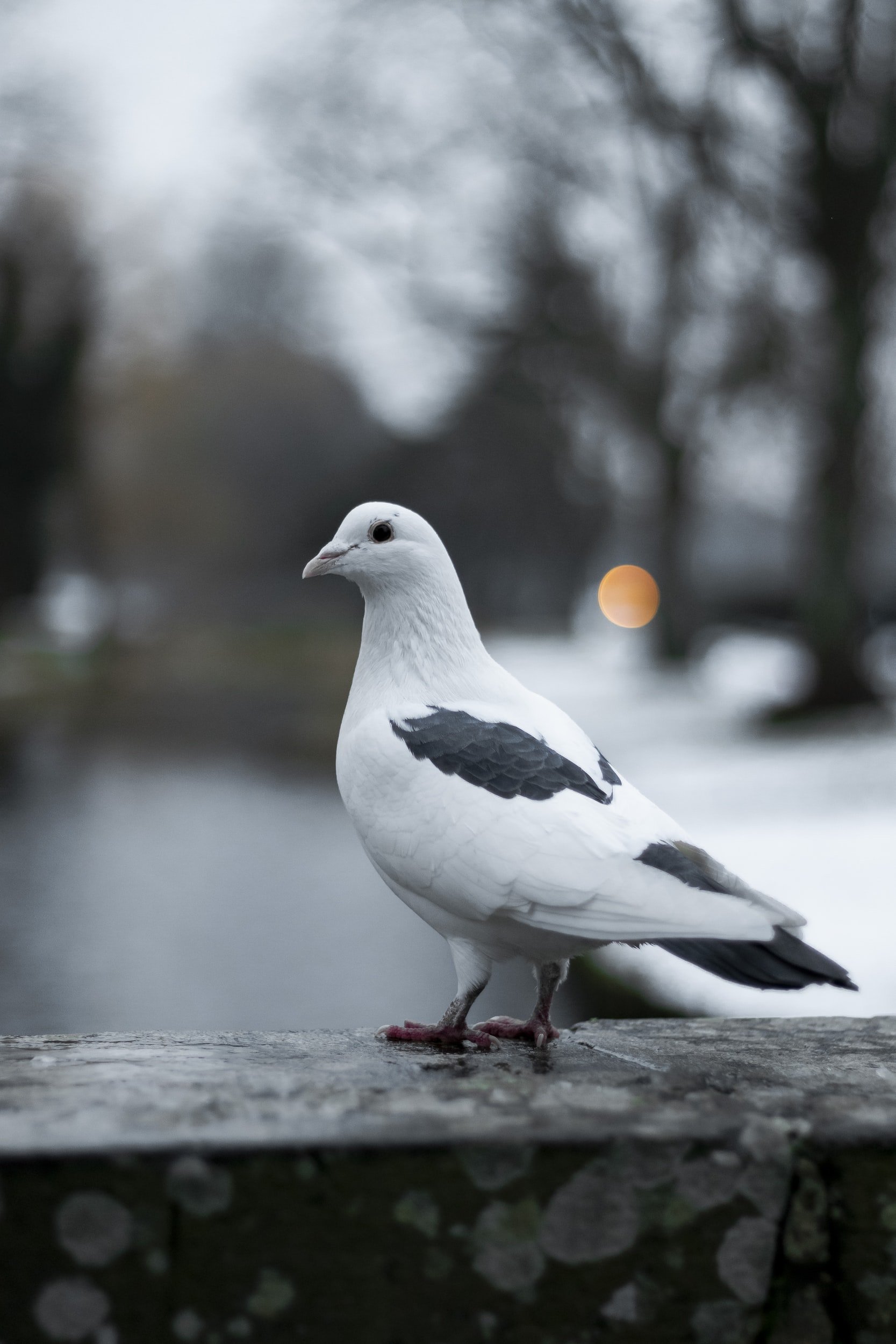
Domestic pigeons are often racing or homing birds that have become lost. If owned, the pigeons will usually have colored or metal bands on their legs.
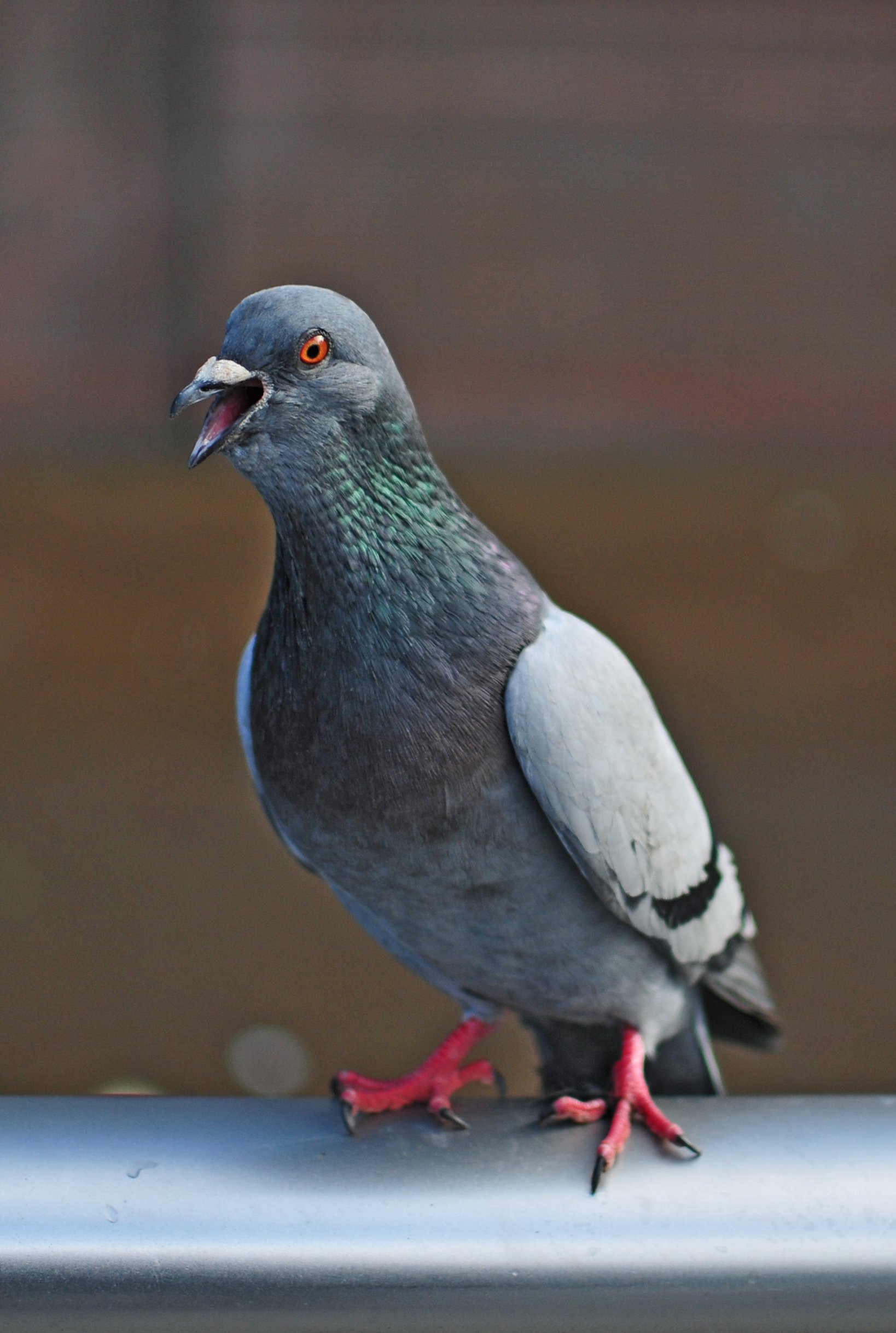
Wild Rock Pigeons are generally gray in color. However, hybrids with traditionally domestic pigeons do occur.
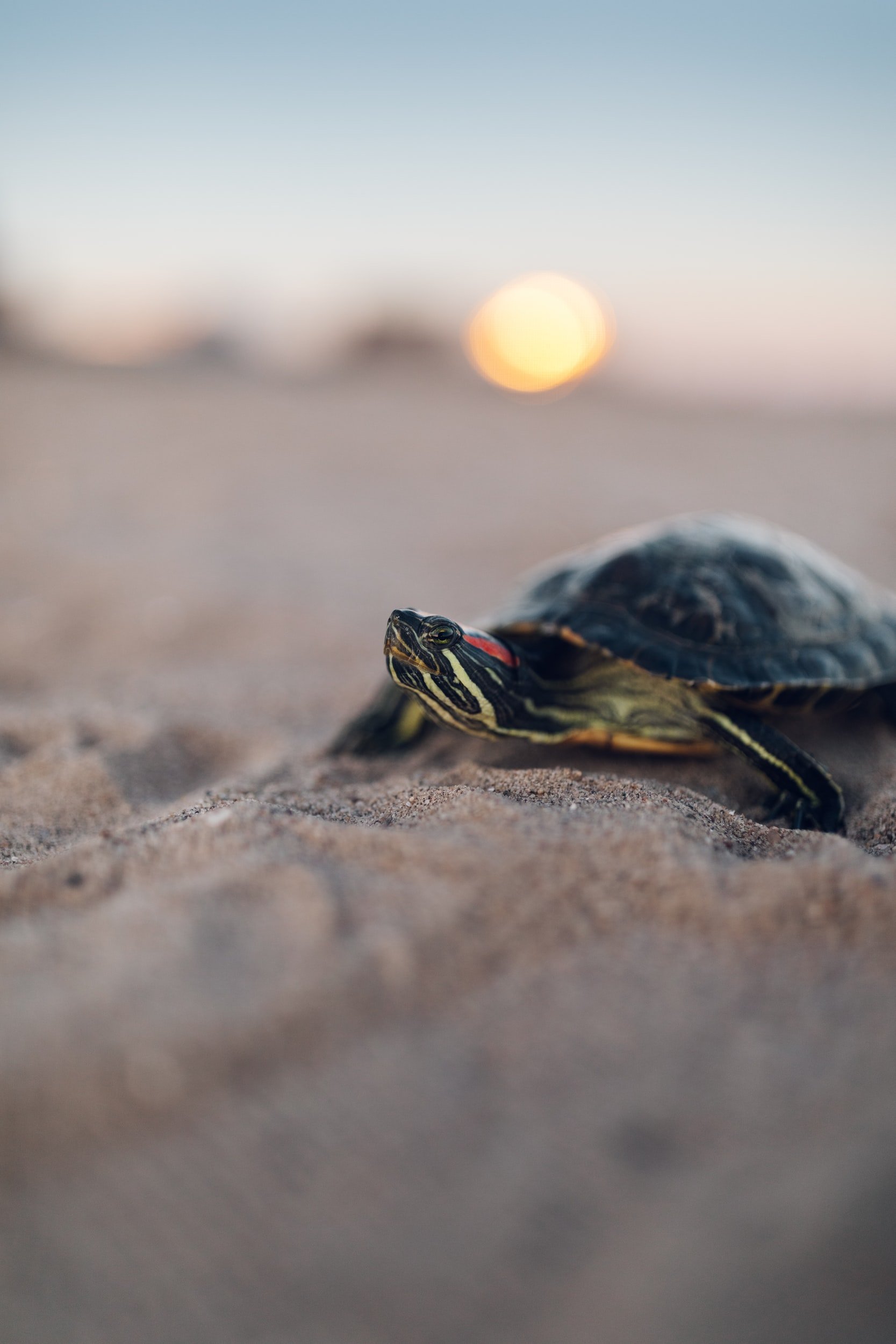
Non-native Red-Eared Sliders are easily distinguished by their bright red "ears". Sliders are also much larger than PA native species that occupy the same habitats.

Native turtle species vary in appearance and can be challenging to distinguish between similar species. We recommend contacting your local reptile wildlife rehabilitator if you find a turtle outdoors and have questions about the species. Never take a wild turtle home with the intent of keeping it as a pet!

